Language of destination speakers
Are airlines required to provide language of destination flight attendants, and must airlines perform the safety demonstration in English and the local language?
Second-language speakers are helpful during both normal and emergency situations. While they are without a question useful, I am not aware of any regulation or guidance published that orders airlines to provide crewmembers that can speak the language of destination, such as Spanish speakers on all flights to a Spanish-speaking destination. Many airlines do usually add one or more crewmembers that can speak a second language, however, crewmembers on board that flight are not required to speak the second language, unless specified by the airline, and then crew scheduling identifies those that are designated as second language speakers and include them on the flights.
There is a regulation and guidance referenced by airlines when they design their passenger briefings. Consideration by the airline is often given toward the destination and language(s) spoken at those destinations.
Advisory Circular 121‐24D Passenger safety information briefing and briefing cards
14 CFR 121.571 Briefing passengers before takeoff
The only passenger safety briefing that is required to be made is the one in English, or outside the United States, the native language of that country. Is it beneficial from a safety standpoint to perform two briefings, one in English and the other in the native language? Absolutely! Just keep in mind, in the USA, the English briefing should always be completed first, then the second language. Why, you might wonder? If the plane had a short taxi to the runway and could only complete one briefing, the English briefing must be completed prior to takeoff. If the plane took off only briefing in the second language, it’s possible, not certain, the airline would not be in compliance with passenger briefing regulations.

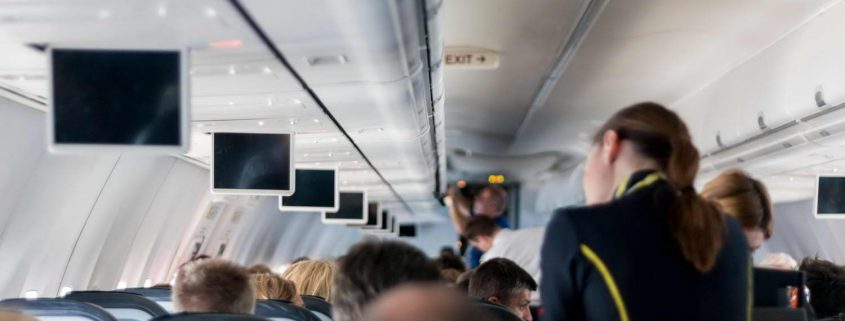
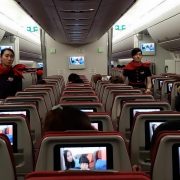

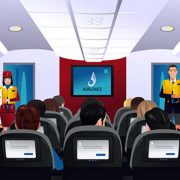
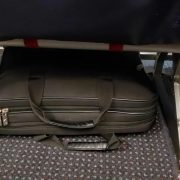
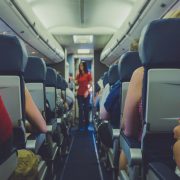



Leave a Reply
Want to join the discussion?Feel free to contribute!